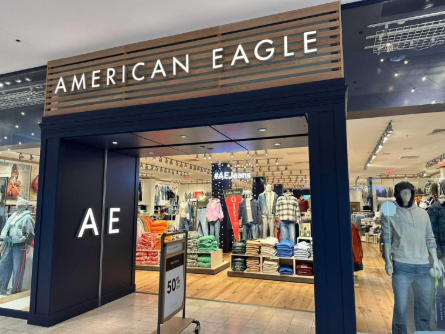Pfizer, Moderna granted Emergency Use Authorization for game-changing vaccines
Photo used with permission from Google Commons
Dr. Moncef Slaoui is the chief advisor of Operation Warp Speed, the US Government agency that is tackling the issue of vaccine distribution around the country.
After almost 17.6 million cases and over 315,000 deaths, the wait is over: the United States now has not just one, but two COVID vaccines. Both vaccines and any pending vaccines awaiting approval will see three major obstacles: distribution, storage and adverse reactions.
The first of two vaccines granted an Emergency Use Authorization (EUA) by the Food and Drug Administration (FDA) was Pfizer and BioNTech’s COVID vaccine. The EUA was officially granted on Dec. 11, intended for those aged 16 and older. The vaccine boasts a 95 percent efficacy rate. Pfizer’s vaccine requires two doses.
Operation Warp Speed is the US government program in charge of distributing COVID vaccines. Distribution began on the week of Dec. 14, with 2.9 million doses shipped across the country according to CNBC. However, Dr. Moncef Slaoui, chief of Operation Warp Speed said, “The agency mistakenly assumed Pfizer’s vaccine was ready to ship when there was actually a two-day lag period in which the FDA requires a certificate of analysis on each set of vaccines,” resulting in a total of only two million doses being shipped this week.
The struggles don’t stop there. Storage is a separate issue that will face logistical challenges. The vaccine requires to be stored at temperatures as low as -70 degrees celsius according to Pfizer’s website. In order to be suitable for travel, Pfizer is “utilizing dry ice to maintain recommended storage temperature conditions for up to 10 days unopened.”
Once a vaccine arrives at a distribution center, there are three options for storage, according to Pfizer’s website. One of them includes storing the vaccine up to six months in an ultra-low-temperature freezer. The second option is storing the vaccine in the Pfizer thermal shippers in which the doses will arrive for up to 30 days, though they must be refilled with dry ice every five days. The final option is using refrigeration units that are common in hospitals, which allows the doses to be stored for five days at 2-8 degrees celsius.
Adverse reactions are yet another concern with Pfizer and BioNTech’s vaccine. According to the FDA, some side effects included pain at the injection site, headache and fever. They point out that most of these side effects occurred after the second dose.
In the United States, there have been at least five reported cases of a severe allergic reaction, according to The Hill, and the FDA is investigating these instances. Regardless, current FDA guidance gives the green light for most Americans with allergies to get the vaccine, though they advise against it for those with a history of severe allergic reactions to other vaccines.
On Dec. 18, the FDA issued an EUA for Moderna’s vaccine for those 18 and older. Their vaccine is also two doses and boasts a 94% efficacy rate. A major advantage to Moderna’s vaccine is that it does not require storage at ultra-cold temperatures, NBC News reports. In addition, clinical trial data suggests that it also prevents transmission, though more is needed to confirm this. Moderna is preparing to deliver up to 20 million doses by the end of the year.
Your donation will support the student journalists of Thomas S. Wootton High School. Your contribution will allow us to purchase equipment and cover our annual website hosting costs.
Joaquin Moreno is a 2022 graduate.








